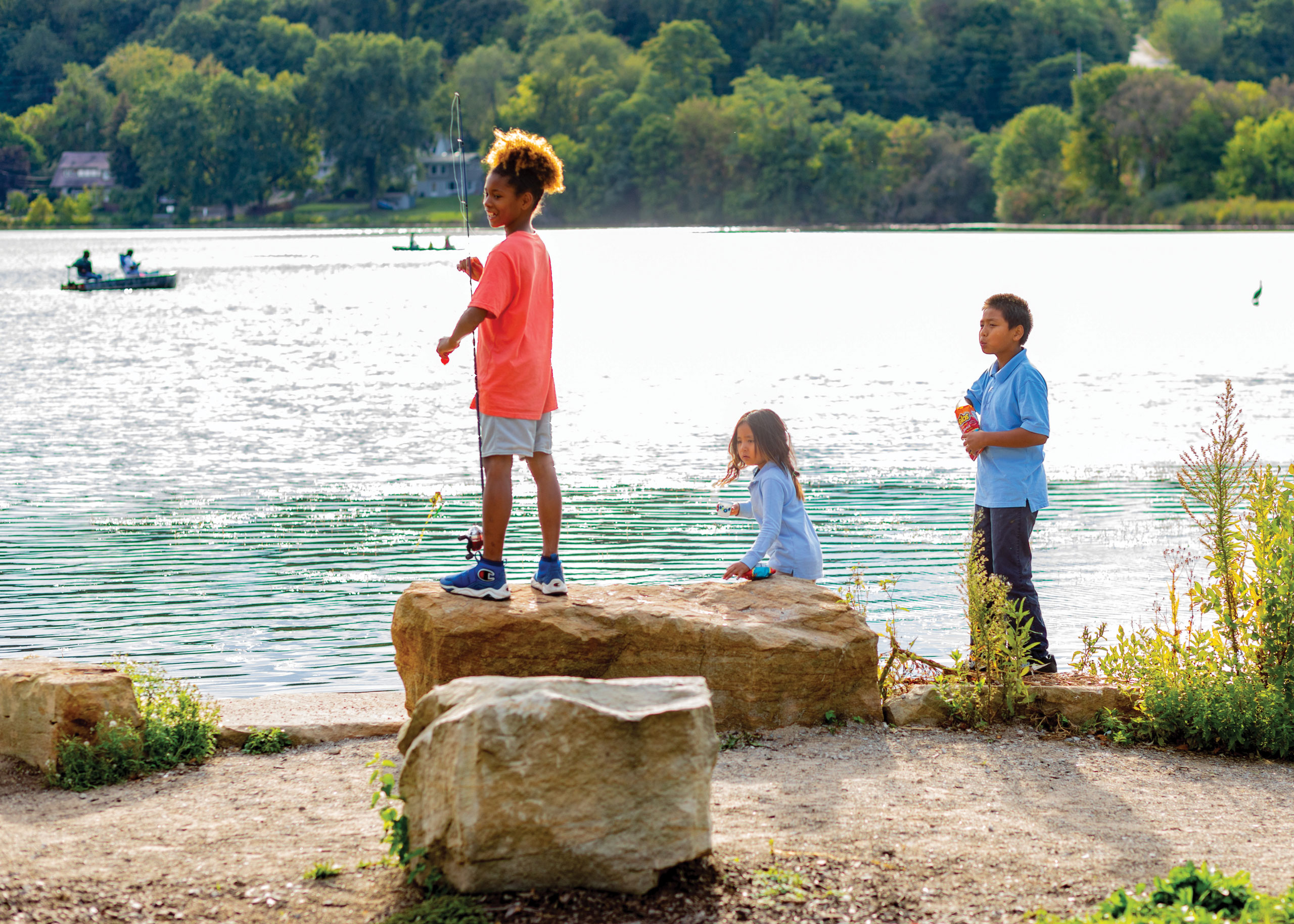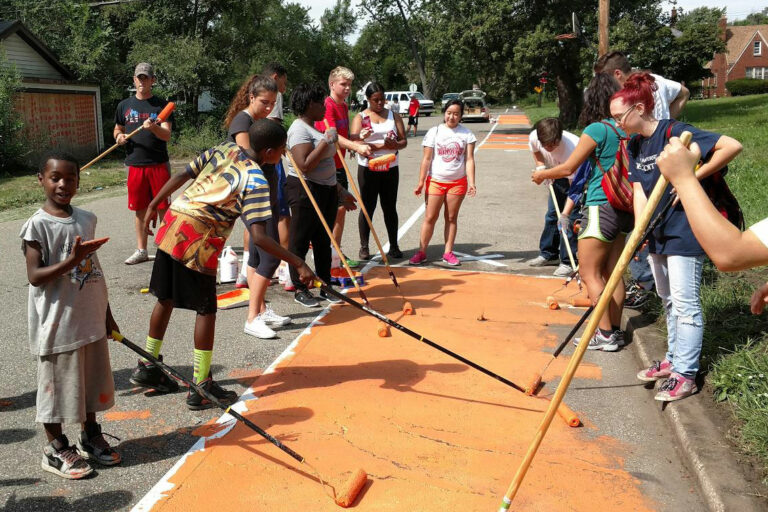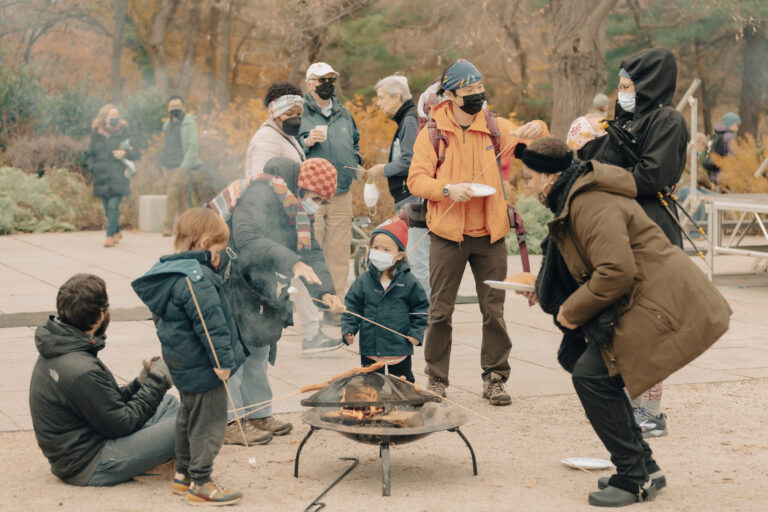No community is homogeneous, so perfect consensus should never be the goal of engagement. But by building relationships, trust and accountability you can work together towards a solution.
PRACTICE CHANGE:
Establish shared values early and assess new ideas for how they embody the established values. Focus on finding the context or beliefs behind an opinion or statement to bring it back to the values.
In Akron, Ohio, the Ohio & Erie Canalway Coalition is leading efforts to support robust public life through creating more equitable public spaces that welcome everyone. One focus of their work has been in the Summit Lake neighborhood, a community that was redlined and cut off from the rest of the city by highway construction in the 1960s.
When leading conversations about the future of Summit Lake, the history of neglect and isolation meant distrust of leaders from outside the community. During early conversations, residents proposed closing access to the lake by installing a fence. The lake was seen as a liability, not an asset for the neighborhood. Only through further conversation and deep listening was it possible to understand why a fence was the proposed solution. The overgrown shoreline was hazardous and residents feared for their children’s safety. Furthermore, the history of industrial dumping at the lake meant many believed the water to be severely contaminated. But a fence wouldn’t deliver on the shared values of equity and public life.
Understanding the fears associated with the lake, the team recognized at the core was a desire to make the lake a safer and more welcoming place. Instead of building a fence, the team worked with residents to find ways to create a more inviting environment and address water quality concerns. Testing commissioned by the team revealed that the water was safe for recreation and on par with comparable lakes in Ohio. As a sign of trust and collaboration, the full results of the assessment were shared with the community first, before release to the press and other stakeholders.
Starting with a trailer with bikes and helmets, followed by a barbecue grill and beachhead prototype, the team co-created with residents the amenities and spaces that would draw people to the water. The final beachhead design has large boulders that delineate the water’s edge and swings provide a place to enjoy the view. Recreational opportunities now include places to picnic, grill and fish and opportunities to canoe and kayak. Summit Lake continues to receive ongoing investments to further the shared vision of inclusive and equitable public spaces, including the conversion of a former pump house into the new Summit Lake Nature Center and the Summit Lake Loop Trail.
Case studies produced by the Sustaining Robust Engagement & Stewardship Working Group of the Civic Commons Learning Network.
Lead image credit: Tim Fitzwater


